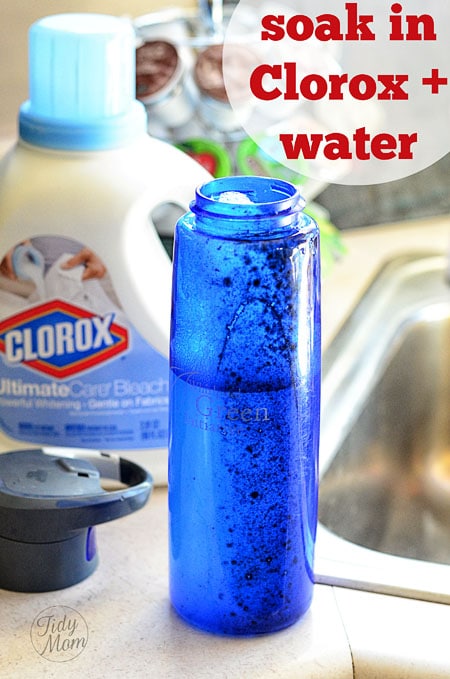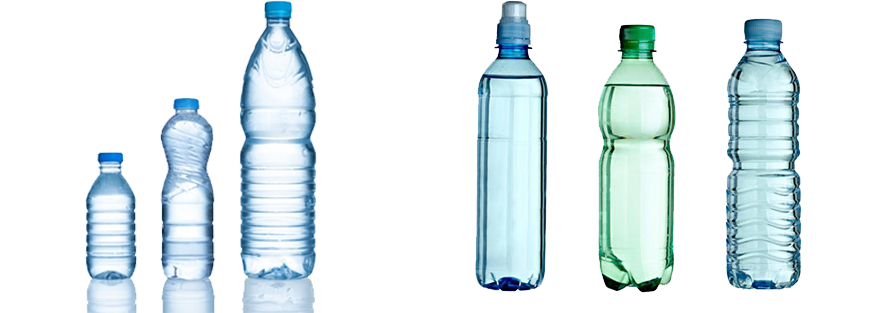Mold In Bottled Water
Mold in bottled water. On average black mold can appear as soon as 48 hours and as late as five days after the last wash. Leave your water bottle to soak. Can you get ecoli from a water bottle.
Water pipes dont have adequate oxygen or food for mold to grow significantly but they do have a moist dark environment that allows mold to form. These spores can move land and grow on anything that provides them with the components they need to survive. Researchers said they discovered bacteria contamination in 90 percent of the used bottles.
Biofilm in the lines and tanks must be eliminated. Mold can cause all kinds of problems including respiratory problems. Itss microscopic but if you get enough spores in one place they start to become visible to humans.
Some molds in general are worse than others but with a few rare exceptions like the penicillin mold is very very harmful. How to Clean a Reusable Water Bottle Using a Bottle Brush to Scrub the Inside. Usually mold grows best in the dark the type of environment your water bottle provides.
Mold growing in a humidifier is one the biggest problems people face when using one. Simply rinsing the bottle out with water isnt sufficient and care must be taken when cleaning bottles that have attached straws and narrow-mouth lids with lots of nooks and crannies. Fill your sink with hot water and dish soap.
Many Nalgene water bottles and other hard plastic sport water bottles are made of polycarbonate 7 on the bottom which may leach Bisphenol A an estrogen-like chemical. Bromide in water when oxidated incorrectly can form bromate a suspected carcinogen at levels as low as 10 ppb. The trouble is that by the time your eye can see a thin black film by the bottle there are already many spores.
Drinking from a moldy water bottle can make you sick because you are swallowing mold. Bottled water can be used indefinitely if stored properly but we recommend no more than two years for non-carbonated water and one year for sparkling water.
The mold will form a mat on the surface of the water and produce spores.
If the bottle gets or is contaminated or not sealed tight then yes it will grow mold especially when exposed to sun air or other contaminants. Leave your water bottle to soak. These spores can move land and grow on anything that provides them with the components they need to survive. So even rinsing and shaking your water bottle may not be enough Then he mentions floaties a term he coined for the mold that floats on the top of the waters surface. The mold will form a mat on the surface of the water and produce spores. Bromide in water when oxidated incorrectly can form bromate a suspected carcinogen at levels as low as 10 ppb. The condensation is collected and bottled as distilled water Mold Prevention. Mold can cause all kinds of problems including respiratory problems. Most of the spoilage of bottled water is caused by bacteria yeasts and molds that are found in biofilm.
211 212 In the last decade several more studies have resulted in increased knowledge. Mold spreads through spores which are usually airborne. The condensation is collected and bottled as distilled water Mold Prevention. Moving water can carry spores but it cannot grow mold while in motion. Studies indicate that certain types of molds produce toxins mycotoxins and other secondary metabolites in water4. Usually mold grows best in the dark the type of environment your water bottle provides. 2 At the same time sport water bottles are ubiquitous and we dont want people going back to buying bottled water.














































Post a Comment for "Mold In Bottled Water"